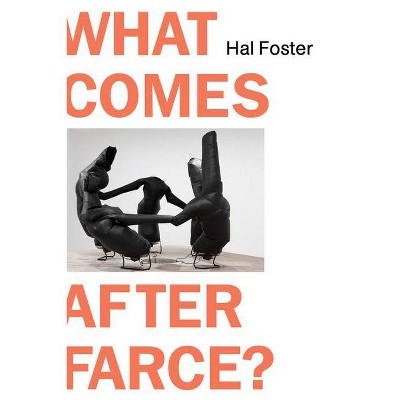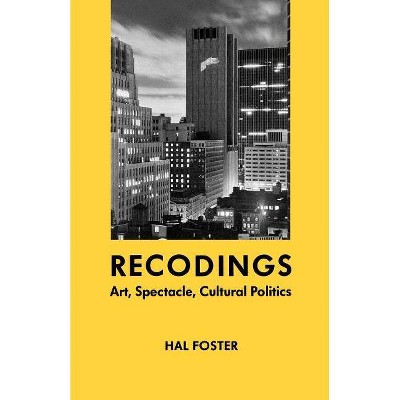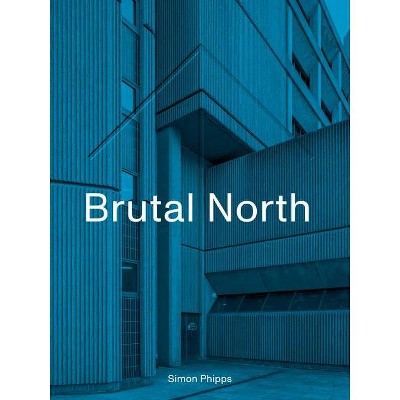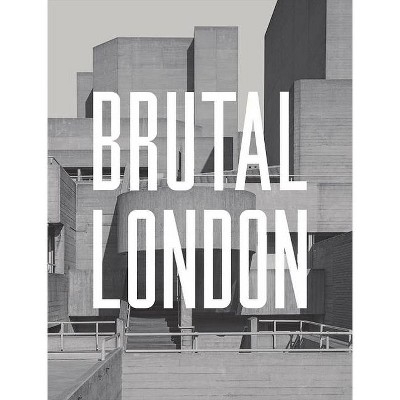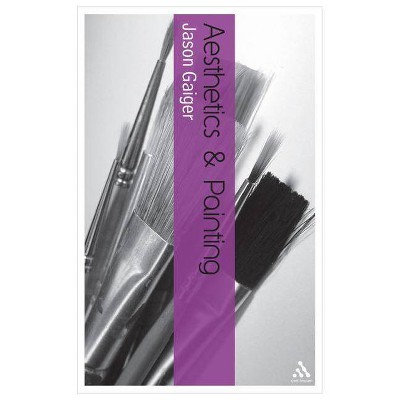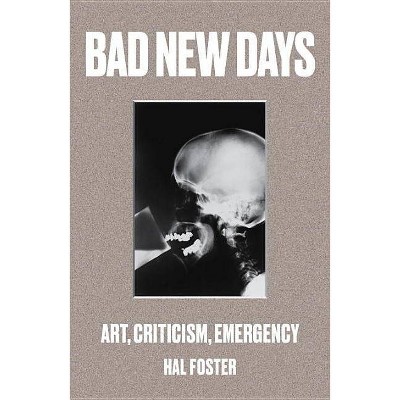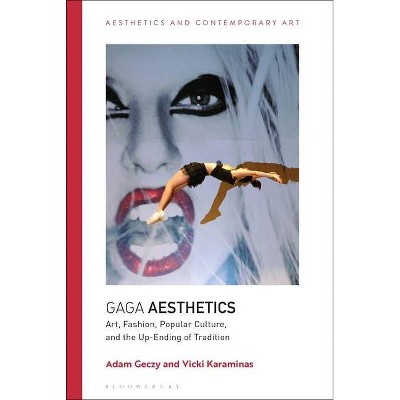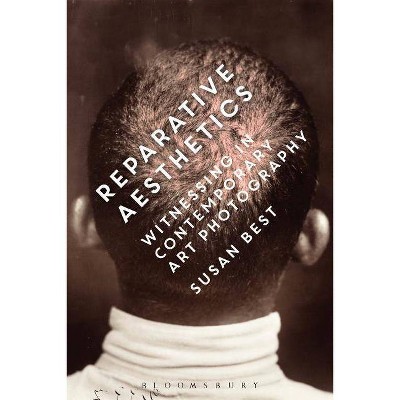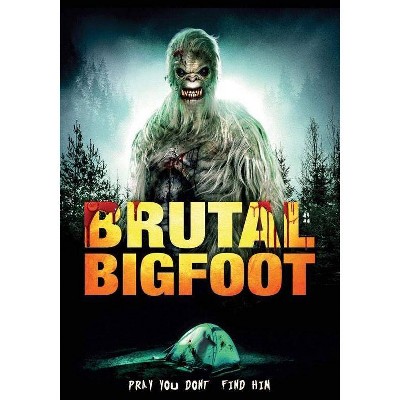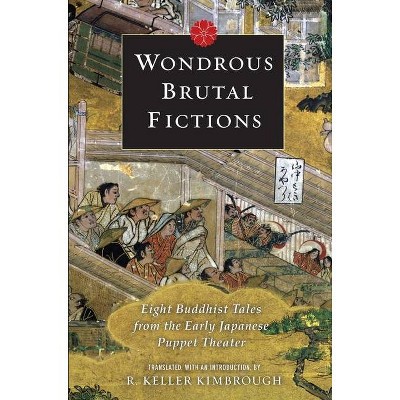Brutal Aesthetics - by Hal Foster (Hardcover)
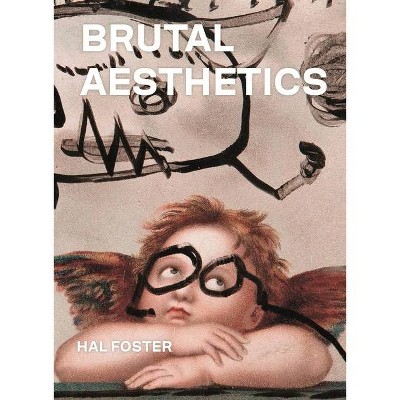
Similar Products
Products of same category from the store
AllProduct info
<p/><br></br><p><b> About the Book </b></p></br></br>"How artists created an aesthetic of "positive barbarism" in a world devastated by World War II, the Holocaust, and the atomic bomb"--<p/><br></br><p><b> Book Synopsis </b></p></br></br><p><b>How artists created an aesthetic of "positive barbarism" in a world devastated by World War II, the Holocaust, and the atomic bomb</b> <p/>In <i>Brutal Aesthetics</i>, leading art historian Hal Foster explores how postwar artists and writers searched for a new foundation of culture after the massive devastation of World War II, the Holocaust, and the atomic bomb. Inspired by the notion that modernist art can teach us how to survive a civilization become barbaric, Foster examines the various ways that key figures from the early 1940s to the early 1960s sought to develop a "brutal aesthetics" adequate to the destruction around them. <p/>With a focus on the philosopher Georges Bataille, the painters Jean Dubuffet and Asger Jorn, and the sculptors Eduardo Paolozzi and Claes Oldenburg, Foster investigates a manifold move to strip art down, or to reveal it as already bare, in order to begin again. What does Bataille seek in the prehistoric cave paintings of Lascaux? How does Dubuffet imagine an <i>art brut</i>, an art unscathed by culture? Why does Jorn populate his paintings with "human animals"? What does Paolozzi see in his monstrous figures assembled from industrial debris? And why does Oldenburg remake everyday products from urban scrap? <p/>A study of artistic practices made desperate by a world in crisis, <i>Brutal Aesthetics</i> is an intriguing account of a difficult era in twentieth-century culture, one that has important implications for our own. <p/>Published in association with the Center for Advanced Study in the Visual Arts, National Gallery of Art, Washington, DC</p><p/><br></br><p><b> Review Quotes </b></p></br></br><br>An informative (and well-illustrated) overview of how intellectuals in the immediate post-war period saw primitivism as a viable remedy for art and society.<b>---Alexander Adams, <i>The Jackdaw</i></b><br><br>Highly recommended.-- "Chouce"<br><br>In <i>Brutal Aesthetics</i>, Hal Foster compellingly investigates the complex dichotomies that inherently exist within brutalist art theory of the postwar period. Through the lens of five iconic figures and the transformative nature of their respective disciplines, Foster provides substantial evidence for such an examination and lays the foundation for this essential contribution to the literature around the subject. Covering an historically pivotal turning point in Western art, Foster's research illuminates new insights into the study of brutalism to supplement mid twentieth-century avant-garde art history...<i>Brutal Aesthetics</i> is an indispensable addition to the art library. -<i>ARLIS/NA Reviews</i><br><br>Hal Foster's eloquent book <i>Brutal Aesthetics </i>attempts to inaugurate a positive appraisal of what the author identifies as 'positive barbarism'. . . . This erudite, nearly coffee table-sized book--substantially rewarding both in historical detail and theoretical reference, with copious footnotes and voluminous glossy color plates--is fascinatingly factual and beautiful to peruse.<b>---Joseph Nechvatal, <i>The Brooklyn Rail</i></b><br><br>Hal Foster's research sets the figures in context, compares them in an original way and skilfully manages to identify common aspects of their work. For those interested in modern art, intellectual history and politics of the cold war era, this book comes strongly recommended.<b>---Christian Kile, <i>Sehepunkte</i></b><br><br>A fine production, a beautiful publication, that honours the exceptionally high quality of the lectures contained within. [<i>Brutal Aesthetics</i> is] the visible incarnation of the mind of Hal Foster. It is a disturbing read, a vision for experts to consider, reflect upon, accept and, I suspect, admire.<b>---Ian Lipke, <i>Queensland Reviewers Collective</i></b><br><p/><br></br><p><b> About the Author </b></p></br></br><b>Hal Foster</b> is the Townsend Martin, Class of 1917, Professor of Art and Archaeology at Princeton University and the author of many books, including <i>The First Pop Age </i>(Princeton). A member of the American Academy of Arts and Sciences, he writes regularly for <i>October</i>, the <i>London Review of Books</i>, and <i>Artforum</i>.
Price History
Cheapest price in the interval: 31.99 on October 23, 2021
Most expensive price in the interval: 31.99 on November 8, 2021
Price Archive shows prices from various stores, lets you see history and find the cheapest. There is no actual sale on the website. For all support, inquiry and suggestion messages communication@pricearchive.us
